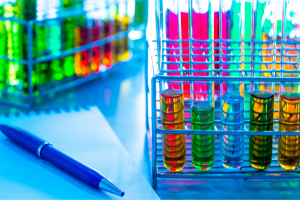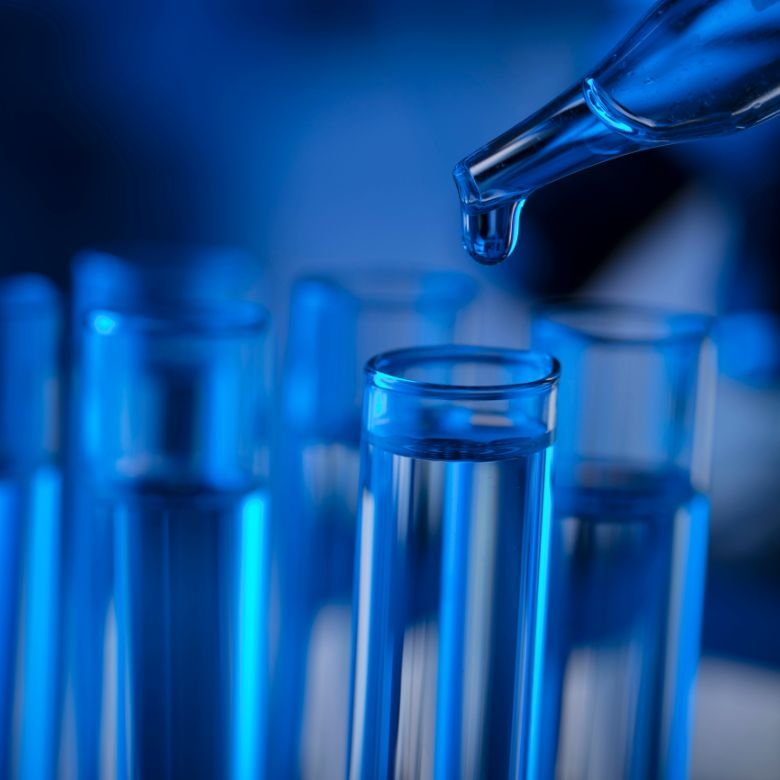A homologous series is a term that refers to collections of chemical compounds that have very similar chemical structures and properties. It is possible to record such compounds with a common molecular formula. Another definition of a homologous series states that it is a sequence of successive compounds whose structure changes from the previous one by a single, identical fragment.

Which substances belong to the homologous series?
There are many classes of chemical compounds, mainly organic, which form homologous series. The best-known homologous series are the sets of alkanes, alkenes and alkynes, where the number in the name refers to the number of carbon atoms present in the molecule.
Homologues
This is what we call the individual compounds belonging to a given homologous series. More often than not, the first few compounds in a given series have their common names, while in the next few, the core of the name is derived from Greek or Latin numerals denoting the number of specific atoms in the molecule.
Examples of homologous series
- Alkanes with the general formula CnH2n+2
| Name of compound | Common name | Number of carbon atoms | Molecular formula | Repeated structure | Functional groups |
| Methane | 1 | CH4 | -CH2– | H3C-…-CH3 | |
| Ethane | 2 | C2H6 | |||
| Propane | 3 | C3H8 | |||
| Butane | 4 | C4H10 | |||
| Pentane | 5 | C5H12 | |||
| Hexane | 6 | C6H14 | |||
| Heptane | 7 | C7H16 | |||
| Octane | 8 | C8H18 | |||
| Nonane | 9 | C9H20 | |||
| Decane | 10 | C10H22 | |||
Table 1 Initial elements of the homologous series of alkanes
- Alkenes with the general formula CnH2n
| Name of compound | Common name | Number of carbon atoms | Molecular formula | Repeated structure | Functional groups |
| NONE | -CH2– | H2C=C…-CH3 | |||
| Ethene | Ethylene | 2 | C2H4 | ||
| Propene | Propylene | 3 | C3H6 | ||
| But-1-ene | 4 | C4H8 | |||
| Pent-1-ene | 5 | C5H10 | |||
| Hex-1-ane | 6 | C6H12 | |||
| Hept-1-ene | 7 | C7H14 | |||
| Oct-1-ene | 8 | C8H16 | |||
| Non-1-ene | 9 | C9H18 | |||
| Dec-1-ene | 10 | C10H20 |
Table 2 Initial elements of the homologous series of alkenes
- Alkynes with the general formula CnH2n-2
| Name of compound | Common name | Number of carbon atoms | Molecular formula | Repeated structure | Functional groups |
| NONE | -CH2– | HC≡C…-CH3 | |||
| Ethyne | Acetylene | 2 | C2H3 | ||
| Propyne | Methylacetylene | 3 | C3H4 | ||
| Butyne | Ethylacetylene | 4 | C4H6 | ||
| Pentyne | 5 | C5H8 | |||
| Hexyne | 6 | C6H10 | |||
| Heptyne | 7 | C7H12 | |||
| Octyne | 8 | C8H14 | |||
| Nonyne | 9 | C9H16 | |||
| Decyne | 10 | C10H18 |
Table 3 Initial elements of the homologous series of alkynes
- Cycloalkanes with the general formula CnH2n
| Name of compound | Common name | Number of carbon atoms | Molecular formula | Repeated structure |
| NONE | -CH2– | |||
| NONE | ||||
| Cyclopropane | 3 | C3H6 | ||
| Cyclobutane | 4 | C4H8 | ||
| Cyclopentane | 5 | C5H10 | ||
| Cyclohexane | 6 | C6H12 | ||
| Cycloheptane | 7 | C7H14 | ||
| Cyclooctane | 8 | C8H14 | ||
| Cyclononane | 9 | C9H18 | ||
| Cyclodecane | 10 | C10H20 |
Table 4 Initial elements of the homologous series of cycloalkanes

- Monohydroxy alcohols with the general formula CnH2n+1OH
| Name of compound | Common name | Number of carbon atoms | Molecular formula | Repeated structure | Functional groups | |
| Methanol | Methane alcohol | 1 | CH3OH | -CH2– | H3C-…-OH | |
| Ethanol | Ethane alcohol | 2 | C2H5OH | |||
| Propanol | Propane alcohol | 3 | C3H7OH | |||
| Butanol | Butane alcohol | 4 | C4H9OH | |||
| Pentanol | Pentane alcohol | 5 | C5H11OH | |||
| Hexanol | Hexane alcohol | 6 | C6H113OH | |||
| Heptanol | Heptane alcohol | 7 | C7H15OH | |||
| Octanol | Octane alcohol | 8 | C8H17OH | |||
| Nonanol | Nonane alcohol | 9 | C9H19OH | |||
| Decanol | Decane alcohol | 10 | C10H21OH | |||
Table 5 Initial elements of the homologous series of monohydroxy alcohols
- Monocarboxylic acids with the general formula CnH2n+1COOH
| Name of compound | Common name | Number of carbon atoms | Molecular formula | Repeated structure | Functional groups |
| Methanoic acid | Formic acid | 1 | HCOOH | -CH2– | H3C-…-COOH |
| Ethanoic acid | Acetic acid | 2 | CH3COOH | ||
| Propanoic acid | Propionic acid | 3 | C2H5COOH | ||
| Butanoic acid | Butyric acid | 4 | C3H7COOH | ||
| Pentanoic acid | Valerenic acid | 5 | C4H9COOH | ||
| Hexanoic acid | Caproic acid | 6 | C5H11COOH | ||
| Heptanoic acid | Caprylic acid | 7 | C6H13COOH | ||
| Octanoic acid | Pelargonic acid | 8 | C7H15COOH | ||
| Nonanoic acid | Capric acid | 9 | C8H17COOH | ||
| Decanoic acid | 10 | C9H19COOH |
Table 6 Initial elements of the homologous series of monocarboxylic acids
Homologues in inorganic chemistry
Homologous series are observed not only in organic chemistry. There are many inorganic compounds that can tend to form homologues. For example, silicon forms chemical compounds with hydrogen analogous to hydrocarbons, resulting in the formation of a homologous series. These are so-called silanes and the repeating structure in them is SiH2:
SiH4
Si2H6
Si3H8
Si4H10
We can expect similar behaviour from hydrogen compounds with selenium, as it is in the same group as sulphur. As a result, we can expect some of its similar properties.